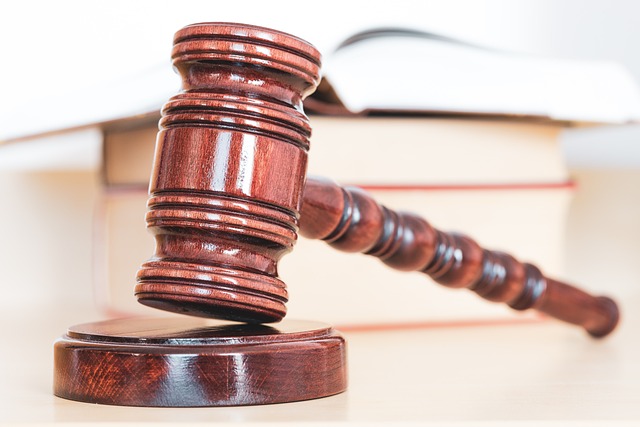
Table of Contents
Introduction: The Sanctum of Justice
The courtroom, with its hallowed halls and the solemn echo of legal proceedings, stands as the ultimate arena where the pursuit of justice unfolds. In this article, we embark on https://www.qortuba.org/ a journey through the intricacies of the court, exploring its essential components, the actors within, and the pivotal role it plays in upholding the rule of law.
The Theater of Justice: Anatomy of a Courtroom
At the heart of the judicial system lies the courtroom—a meticulously designed space where justice takes center stage. From the judge’s bench to the jury box, each element is carefully orchestrated to ensure a fair and impartial legal process. This section provides an insightful exploration of the physical layout of a courtroom and the significance of its various components.
Legal Protagonists: The Players in the Courtroom Drama
The courtroom is a stage where legal protagonists come to life, each with a distinct role to play. From the presiding judge, whose decisions shape the course of proceedings, to the attorneys, who passionately advocate for their clients, and the jury, tasked with delivering a verdict, this section unravels the dynamics of the courtroom drama and the unique responsibilities borne by each participant.
Due Process in Action: A Day in Court
Step into the shoes of those who navigate the labyrinth of legal proceedings. This section provides a detailed walkthrough of a typical day in court, from the opening statements to the examination of witnesses, cross-examinations, and closing arguments. It illuminates the choreography of legal proceedings and the adherence to due process that is the hallmark of a fair trial.
The Courtroom Beyond Trials: Resolving Disputes and Administering Justice
While trials are perhaps the most publicized aspect of courtroom proceedings, the court serves a broader purpose. This section delves into alternative dispute resolution https://www.ibunker.us/ methods, the role of the court in interpreting and shaping the law through precedent-setting decisions, and its function as the cornerstone of a legal system designed to maintain order and justice in society.
Challenges and Reforms: Navigating the Evolution of Courts
The judicial system is not static; it evolves to meet the demands of an ever-changing society. From challenges such as case backlog to initiatives aimed at improving access to justice, this section explores the hurdles faced by courts and the ongoing efforts to reform and modernize the judicial process.
Conclusion: The Pillar of Justice in Society
As we conclude our exploration, it becomes evident that the courtroom is more than a physical space—it is the embodiment of justice in society. Its rituals, protocols, and the individuals who inhabit it collectively contribute to the preservation of the rule of law. The courtroom stands not only as a symbol of justice but as a living testament to the ongoing pursuit of a fair and equitable society through the application of the law.


